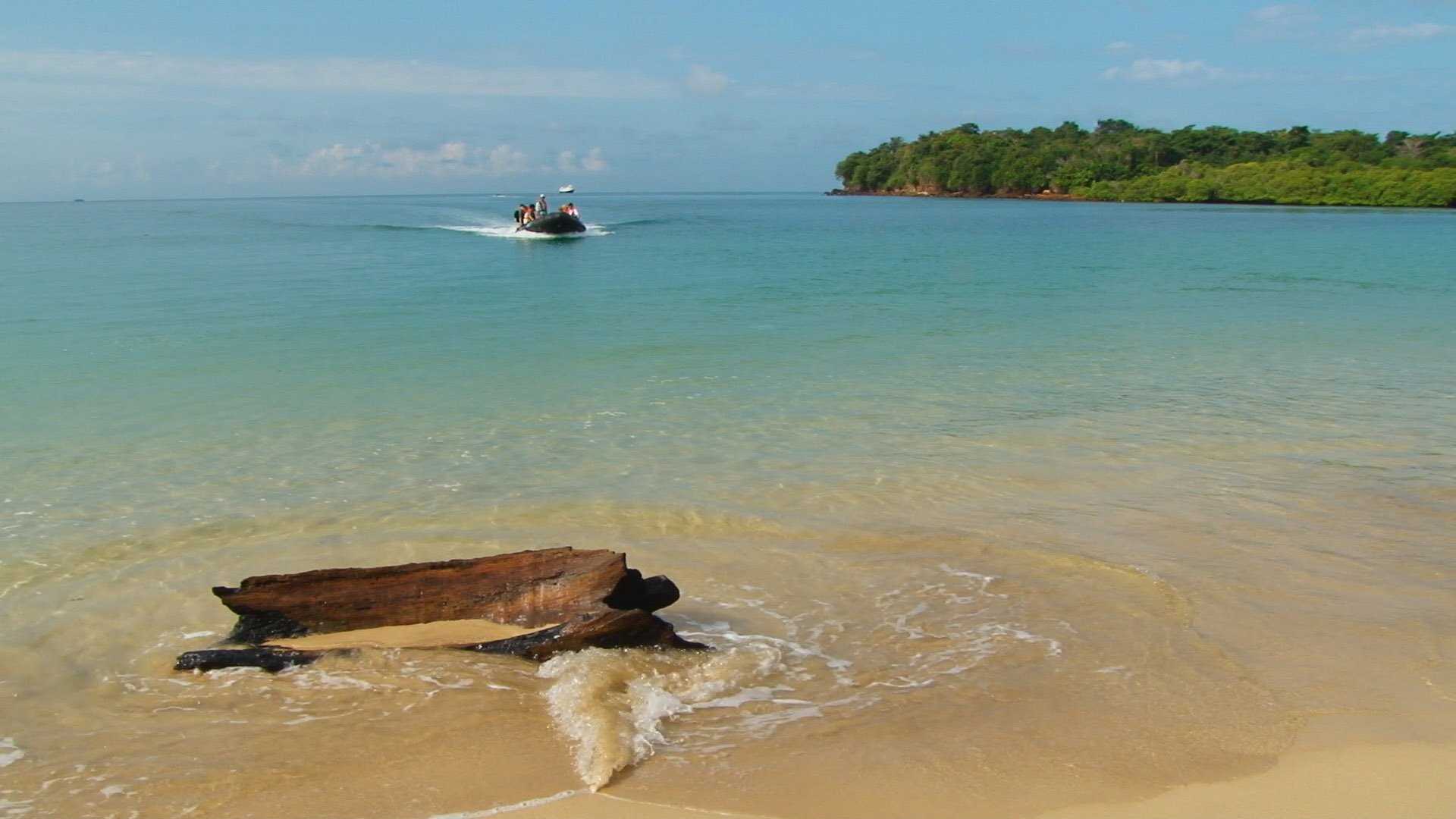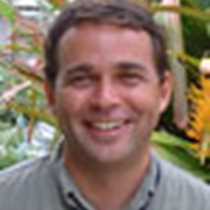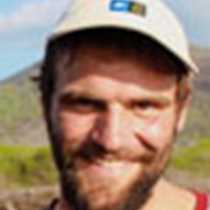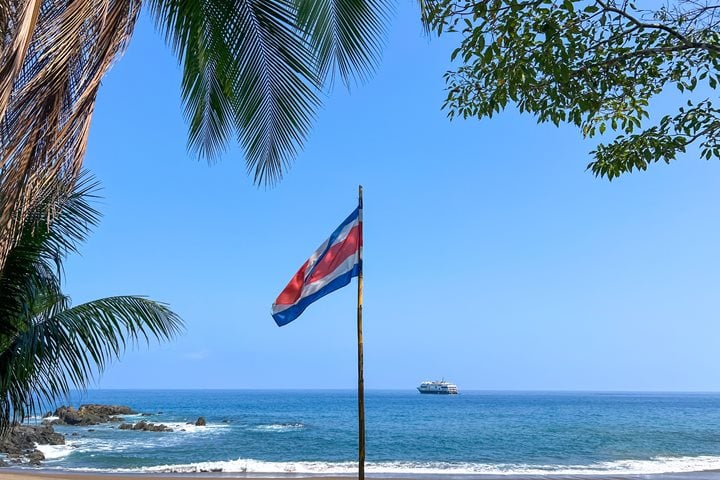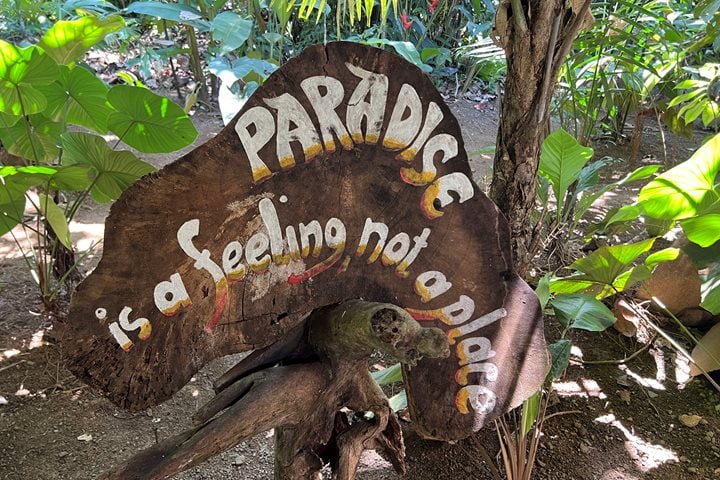Welcome to the Pacific Ocean! Just after midnight we completed our transit to the Panama Canal. After evaluating with our Captain Shawn Nettles, the tide charts, weather and wind conditions, we decided to head southeast in order to reach the archipelago of Pearl Islands. Once, Vasco Nunez de Balboa arrived to the Pacific side and subsequently to this location; he baptized this archipelago as Pearl islands due to the abundance of pearls found here.
This aggregation of more than 200 islands and islets in the Gulf of Panama holds a unique strategical position and rich history during the pre-Columbian era and colonial time. Based on archeological evidence, different ethnic groups inhabited these islands; their location aided to create a marine corridor that connected several sites on the Pacific. From analyzing the evidence of elaborate lithic or stone work, to the gold manufacturing technic on the southern hemisphere; we can theorized how the southern section of the Central American isthmus was strongly influenced by the ethnic groups originated in South America.
Very little after 1513 when Balboa and other conquistadores arrived, Pearl Islands became a stronghold for the trade and transit of gains obtained in different regions of South America. Many ethnic groups were fractured and decimated, with no more evidence of their culture.
The location we stopped this morning is the island of Mogo Mogo or Pajaro in the northern section of the archipelago. Kayaking, paddle boarding, swimming and exploration with our expedition landing crafts were the main activities of the morning. All of us had the chance to participate in these activities before our return back on board National Geographic Sea Lion.
During the rest of the afternoon, National Geographic photographer, Kike Calvo provided a very inclusive approach on how to improve our photography, while we continue sailing into the Azuero peninsula to reach, in 200 miles, the Gulf of Chiriqui, our next destination.

